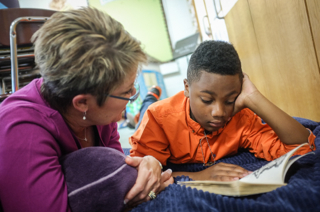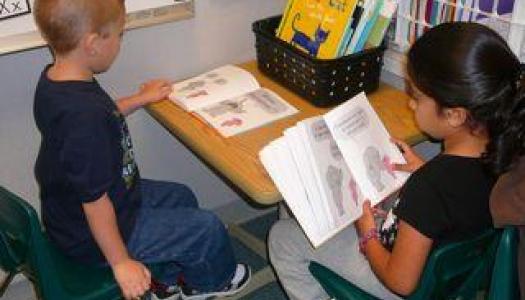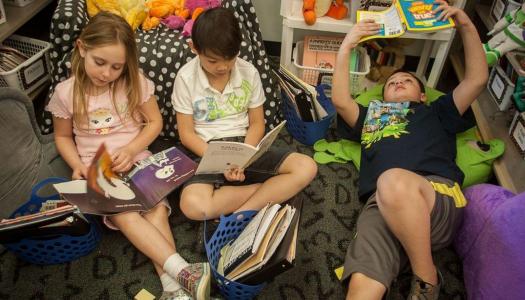Making Time for Literary Conversations
Join Our Community
Access this resource now. Get up to three resources every month for free.
Choose from thousands of articles, lessons, guides, videos, and printables.

Literary conversations are a vital part of great literacy instruction. They are so important that they are recognized in the Common Core (Speaking and Listening at all grade levels).
That said, great conversations don't just happen. We know that deep colloquies about books have to be modeled and guided. We find one of the best ways to teach and guide children about these types of dialogues is through whole-class read-alouds. These conversations take place with both picture books and chapter books. They begin in kindergarten and continue through high school and beyond, increasing in sophistication along the way. This is why reading aloud happens in our classrooms not just daily, but multiple times each day. If we were to eliminate these read-aloud sessions, we'd be giving up some of our best instructional opportunities.
Once our students are exposed to and participate in hundreds of literary conversations, similar interactions become a natural part of their conversations with others.
On a side note, we know that many literacy blocks are pressed for time. We handle the time crunch by continuing a longer, more advanced picture book, reading a second or even a third picture book, and including great chapter books outside of our literacy block. Weaving literacy throughout the day like this is just one of the many reasons we insist on keeping all of our students with us all day. We don't want anyone to miss the continuity of a story or continued conversation.






